One sunny afternoon, as I observed a sleek, black Jeep rolling into the service bay, I was struck by an all-too-familiar sight: tiny white spots on the car’s glossy paint. Instantly, I was reminiscing about my days as a Jeep engineer, where I learned a profound truth about these seemingly innocuous blemishes. Paint issues like these aren’t merely aesthetic; they can be the harbinger of bigger problems if left unattended. But why do experts often skim over these pesky white dots without diving into the real story behind them? In this article, we’ll unravel the hushed intricacies and root causes of these paint issues, equipping you with the knowledge to tackle them head-on. Together, we will delve into understanding exactly what these white dots signify and how you can save both time and money by implementing effective solutions. Get ready to see your car’s paint in a whole new light.
Identifying the Issue
Types of White Dots

When it comes to identifying those pesky white dots on your vehicle’s paint, it’s essential to know that one size does not fit all. Did you know that not all white dots are created equal? Identifying their source is crucial! After years of working hands-on with cars, I’ve learned that each type of dot tells a different story. One day, while working on a customer’s Jeep that seemed to be showered with white specks, I delved into uncovering the root cause. It turned out to be industrial fallout—a tricky adversary that could easily be overlooked.
These specks can be caused by overspray, where unintended paint mists land on your car during nearby painting work. Another common culprit is industrial fallout on paint, which refers to tiny metallic particles from industrial activities that settle on surfaces, corroding the paint over time. Then there’s tree sap on car surfaces, which might appear innocent but can harden into stubborn white dots if left unattended. Each situation requires its own remedy, and understanding these distinctions is your first essential step in restoring your car’s beauty. With a keen eye and the right knowledge, identifying the issue becomes not just a task but an empowering skill that serves as the backbone for maintaining that pristine finish.
How to Diagnose

Wondering how you can differentiate between simple dirt and those pesky white dots on your paint? From my experience in diagnosing automotive issues, the key is a simple test with a clean cloth and some water. If the white spots vanish with a gentle wipe, you’re likely dealing with mere water spots. However, if they persist, it’s time for a deeper dive into the problem. This pivotal step in identifying the issue helps you understand whether you’re facing a minor blemish or something requiring more attention. Taking this initial diagnostic step can save you from unnecessary and costly car detailing.
By distinguishing the easy-to-clean spots from stubborn contaminants, you can target your efforts effectively, ensuring your strategy to remove white dots is both practical and efficient. This approach not only simplifies your troubleshooting process but also preserves your vehicle’s aesthetics without undue stress or expense. Armed with this knowledge, diagnosing these white dots becomes less of an enigma and more of a manageable task, seamlessly leading to exploring the common causes of white dots on car paint in the next section.
Causes of White Dots on Car Paint
Environmental Factors

Ever wondered how your environment can affect your car’s appearance? Growing up in an industrial town, I often saw firsthand the impact of environmental factors on vehicle paint, particularly the menacing white dots. Industrial fallout on paint is a common culprit, especially if you park near factories or industrial areas. These particulates can settle on your car, tarnishing that pristine finish. Meanwhile, seemingly harmless water spots can form from the minerals in rain and sprinklers, etching stubborn marks on the surface. And let’s not forget nature’s sticky contribution: sap on car surfaces can harden into unsightly blemishes if left untreated. It’s crucial to understand these environmental elements because their effects are often underestimated until it’s too late. By keeping an eye on your car’s surroundings and taking proactive steps, you can mitigate the onset of these pesky white dots. As we explore further, understanding the causes helps in crafting precise solutions for maintaining your vehicle’s sheen.
Improper Maintenance
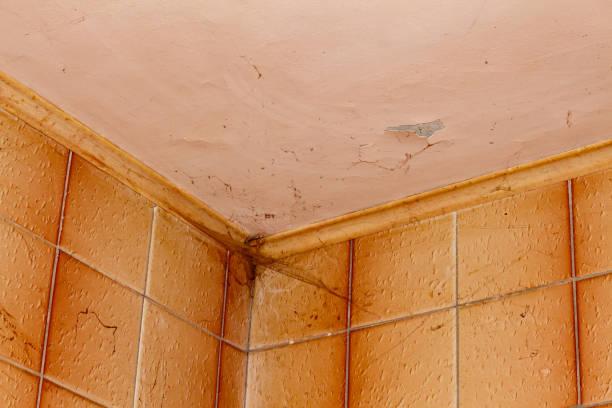
Could your maintenance routine be causing more harm than good to your car’s surface? This is a question I pondered deeply after witnessing a friend’s disastrous experience with subpar car detailing products. His choice led to persistent polishing residue, manifesting as those troublesome white dots on the car’s paint job. The significance of improper maintenance cannot be overstated — it is a major contributor to these imperfections.
Upon examining various cases, I’ve found that the misuse or overuse of certain car care products can inadvertently lead to surface damage. For instance, while car paint protection products promise a gleaming finish, their incorrect application often results in unattractive white specks. The underlying fault here lies not in the products themselves, but in their application. To avoid such missteps, remember my golden rule: always invest in high-quality detailing items and follow manufacturer instructions meticulously. Emphasizing care and precision in your maintenance routine can prevent these issues, preserving your car’s allure.
Solutions to Remove White Dots
DIY Methods
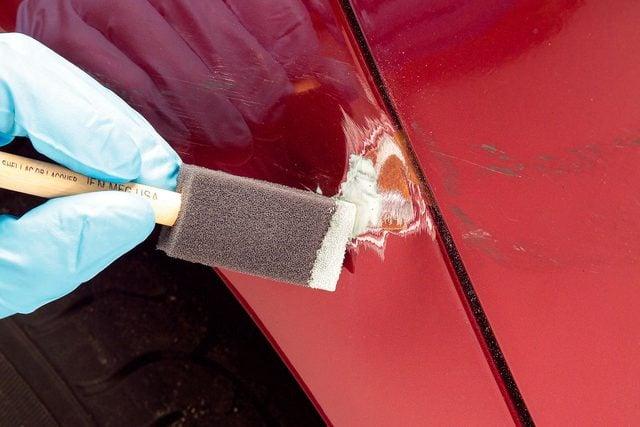
Thinking about tackling those white dots yourself? Here’s how to get started! During one of my ventures with my trusty Jeep, I decided to take matters into my own hands and eliminate those pesky white dots crowding my car’s paint job. With car detailing knowledge up my sleeve, I gathered the right tools—a fine clay bar, polishing compound, and microfiber cloth—and got to work.
DIY methods require precision and patience. First, wash and dry your car thoroughly. This sets the stage for effective car paint maintenance by preventing further grime interference. Next, use the clay bar to gently lift impurities. My experience taught me it’s essential to keep the surface lubricated and to work slowly to avoid marring the finish. After claying, apply the polishing compound using a cloth in gentle circular motions; this helps buff out those white spots effectively. Remember, a light touch goes a long way!
Closing the DIY loop, I always finish with a thorough rinse and a layer of wax for extra protection. Following these steps can help restore your car’s lustrous shine while saving you a pretty penny in professional fees, setting you on a path of successful DIY car detailing. Next, let’s dive into professional assistance, contrasting what we’ve learned here with expert interventions.
Professional Assistance
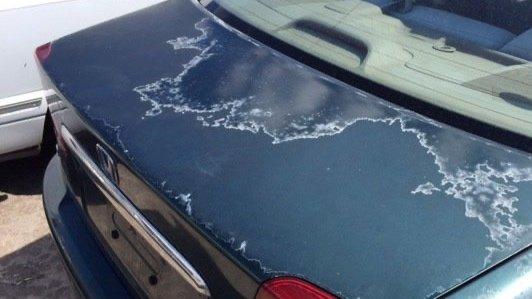
Need expert help? Here’s when to consider bringing in the pros. Early on in my journey of tackling white dots on car paint, I thought I had it all figured out using popular car detailing products. However, I quickly learned that some paint issues require a precision that only professionals can provide. The pros possess specialized knowledge and a keen eye that can pinpoint underlying problems invisible to the inexperienced observer.
When your car’s paint is suffering from severe white dots, I highly recommend considering professional assistance. These experts have a toolbox that goes beyond the DIY methods most of us are familiar with. With advanced techniques and state-of-the-art products, they can restore your paint to its original, pristine condition. From identifying the specific cause of the white dots to selecting the perfect treatment method, their expertise ensures a comprehensive solution designed to last. So, when in doubt, don’t hesitate to reach out to the professionals – they could be the key to maintaining your car’s appearance and value.
Preventative Measures
Regular Maintenance
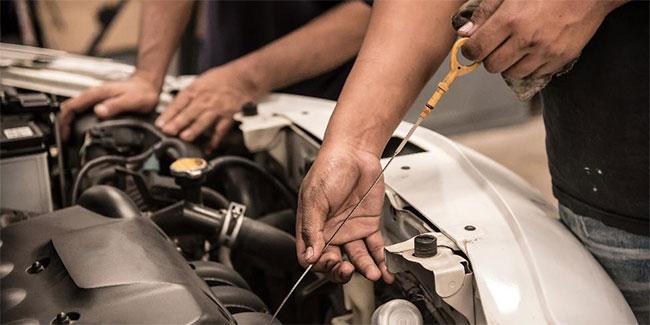
How can regular upkeep keep your car looking its best and fend off white dots? During my years as an engineer, I’ve seen the transformative power of maintenance firsthand. Consistent care is crucial in the realm of preventative measures. It’s the unsung hero that not only prolongs your vehicle’s lifespan but also protects its aesthetics. Through careful washing techniques and strategic use of car detailing products, you can preserve the integrity of your car’s paint. These simple practices fend off white dots, which often stem from ignored minor contaminants left to bond over time.
The question is: How do you maintain your car to prevent these pesky imperfections? A regimen of regular washing to remove surface debris, coupled with a disciplined waxing routine, ensures a protective layer that keeps your paint intact. Investing a bit of time now can save you the headache of remedial paintwork later. My advice? Prioritize car paint maintenance. It’s a straightforward commitment that delivers long-term rewards, ensuring your car retains its showroom gleam. By adopting a proactive stance, you can effectively prevent those elusive white blemishes from ever taking hold.
Protective Coatings
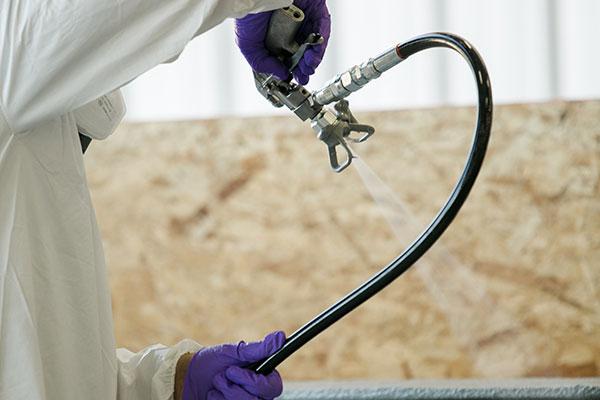
Are protective coatings the secret to preserving your car’s finish? In my journey of caring for classic cars and daily drivers alike, I’ve learned that car paint protection is more than just a cosmetic ritual; it’s a vital element of preventative measures aimed at warding off those infamous white dots. I remember the first time I applied a ceramic coating to my Jeep. The shine was incredible, and it provided a robust barrier against elements that could mar the paint, such as bird droppings and acid rain.
Understanding the spectrum of products available can be daunting. Still, it’s imperative to delve deeper into what’s most suitable for your car’s specific needs. Don’t just chase the popular trends—research precisely what will offer the most effective shield for your vehicle. By investing in the right car paint protection, you’re not only defending against immediate paint issues but also securing your investment and preserving your car’s aesthetic appeal for years to come.
Transitioning from recognizing the importance of regular maintenance, integrating Protective Coatings adds a potent armor, enhancing the longevity and vibrancy of your vehicle’s finish. As we pivot to understanding FAQs, addressing common queries will further unlock the secrets to maintaining a pristine exterior.
FAQs
What are the white dots on car paint?
Can white dots damage the car’s paint?
How can I remove white dots from my car’s paint?
Are there preventive measures against white dots on car paint?
Should I consult a professional for white dots on my car’s paint?
Conclusion
What have we learned about those white dots on car paint? Reflecting on my journey from engineer to journalist, I recognize that paint care is as fundamental as mechanical maintenance. These white dots, often overlooked, are more than mere blemishes — they signal a need for effective car paint maintenance. By understanding the diverse causes, whether environmental impacts or improper upkeep, we can take decisive action.
I’ve walked you through diagnosing these pesky spots and offered a wealth of solutions ranging from DIY methods to seeking professional assistance. Most importantly, embracing preventative measures like regular maintenance and applying protective coatings is key to preserving your vehicle’s aesthetic integrity. By empowering yourself with this knowledge, you’re not just maintaining a car; you’re ensuring it remains a source of pride and joy. I hope this guide provides clarity and helps you keep your vehicle looking pristine for years to come!